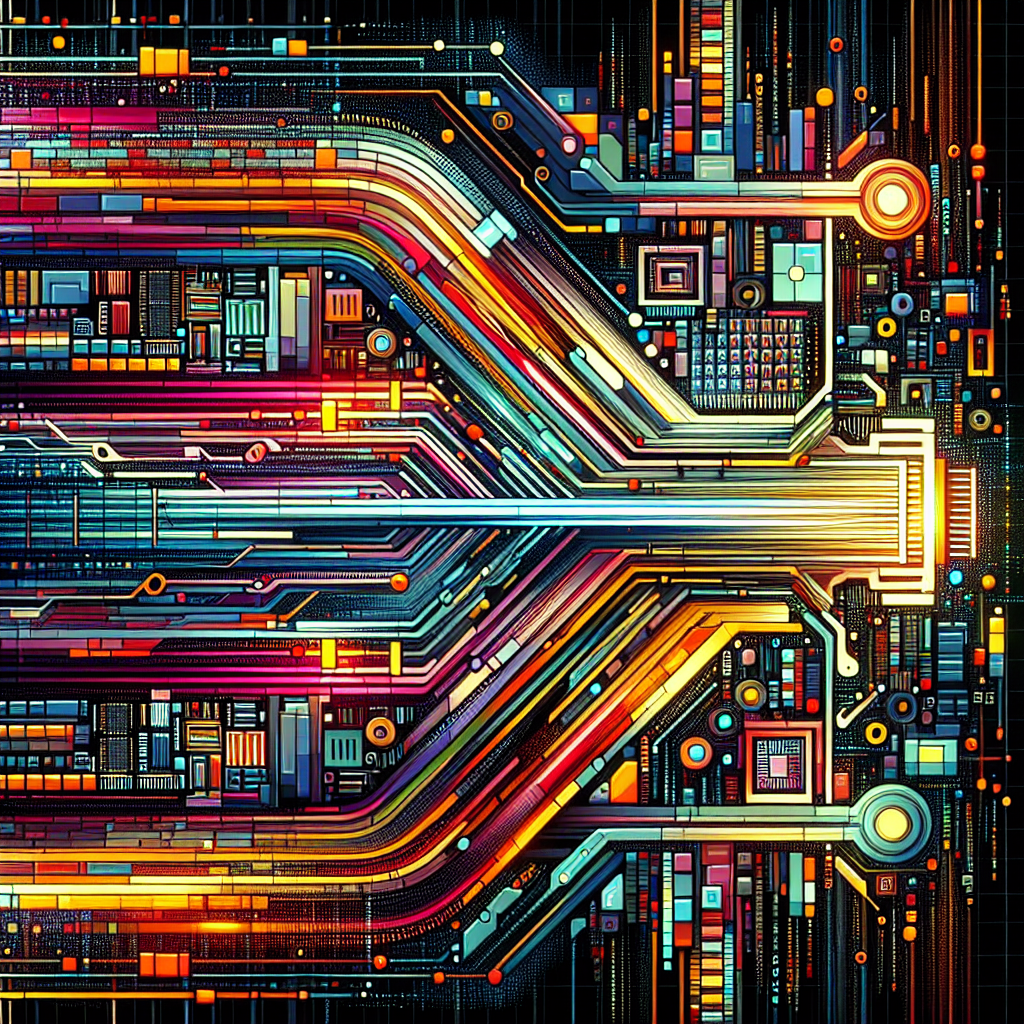Your cart is currently empty!
Understanding the Basics of PCIe Technology

Peripheral Component Interconnect Express (PCIe) is a high-speed serial computer expansion bus standard that connects devices such as graphics cards, network cards, and storage devices to a motherboard. It is the most common interface for connecting hardware components in modern computers, offering faster data transfer speeds and greater bandwidth compared to older technologies like PCI and AGP.
PCIe technology was first introduced in 2004 as a replacement for the outdated PCI and AGP standards. It has since become the standard interface for connecting expansion cards to motherboards in desktop computers, servers, and workstations. PCIe offers several advantages over its predecessors, including higher data transfer speeds, lower latency, and increased bandwidth.
One of the key features of PCIe technology is its scalability. PCIe slots come in different sizes and configurations, allowing for different numbers of data lanes to be used for communication between the motherboard and the connected device. The number of lanes determines the maximum data transfer speed of the PCIe connection, with more lanes providing higher bandwidth and faster performance.
Another important aspect of PCIe technology is its compatibility with different generations of hardware. PCIe devices are backward and forward compatible, meaning that a PCIe 3.0 device can work in a PCIe 4.0 slot, and vice versa. This flexibility allows users to upgrade their hardware without having to worry about compatibility issues.
In addition to its speed and scalability, PCIe technology also offers advanced features such as hot-swapping, which allows users to plug and unplug devices from the motherboard without having to shut down the system. This feature is particularly useful for servers and other mission-critical systems that require continuous uptime.
Overall, understanding the basics of PCIe technology is essential for anyone looking to build or upgrade a computer. By familiarizing yourself with the different types of PCIe slots, their data transfer speeds, and compatibility with different hardware generations, you can make informed decisions when selecting components for your system. Whether you are a casual user or a hardcore gamer, PCIe technology offers the performance and reliability you need to get the most out of your computer.

Leave a Reply